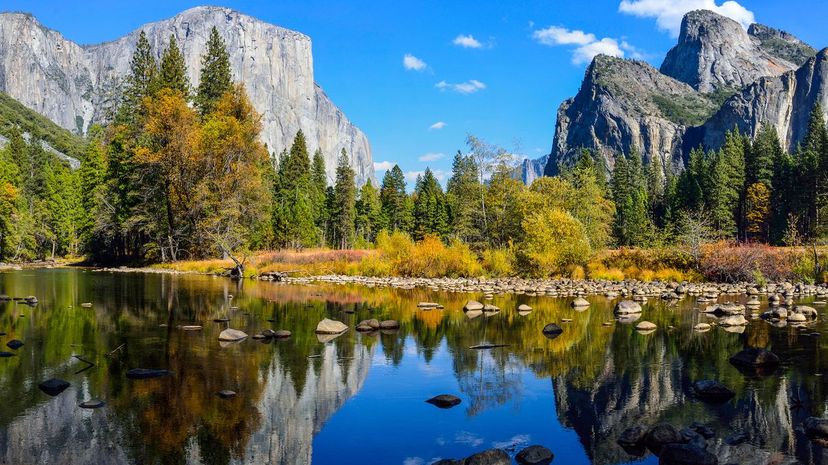
About This Quiz
Here's a nature challenge that's sure to expand your geography knowledge. Find out what's so special about the places that the U.S. government saw fit to conserve and protect. If we show you fascinating imagery of U.S. national parks, could you immediately recognize their locations? Find out how many national parks you know from a fact and a photo.
The Yellowstone Park Act of 1872 established the idea of a national park system, and 44 years later, the U.S. National Park Service was formed. The U.S. national parks system, which manages the nation's parks, historic sites and national monuments, serves three main purposes: preservation, education and recreation. Forty-nine out of the 50 U.S. states include one of 391 protected sites; Delaware is the only state that does not have a protected site.
In light of all the industry building that America has seen through the years, national parks preserve untarnished lands, some of which contain the archeological remnants of the country's first inhabitants or geographical structures that are the result of phenomena set in motion millions of years ago. Every year, millions of people flock to these fantastic sites to learn a thing or two about America's virgin territories and hopefully observe them the way the indigenous tribes and first settlers once did.
Get fiercely educated by some of this national park awesomeness!
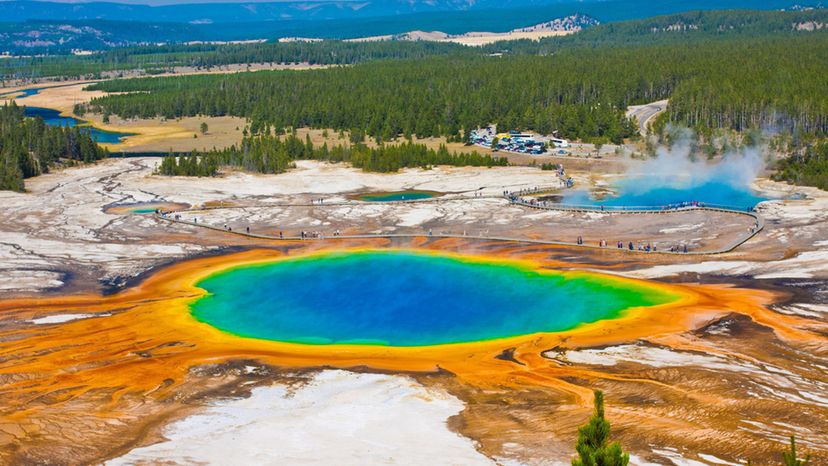
Featuring most of Earth's geysers and hot springs, Yellowstone National Park is known as the first national park. The park was established in 1872 and is home to wolves, bears and herds of elk and bison.
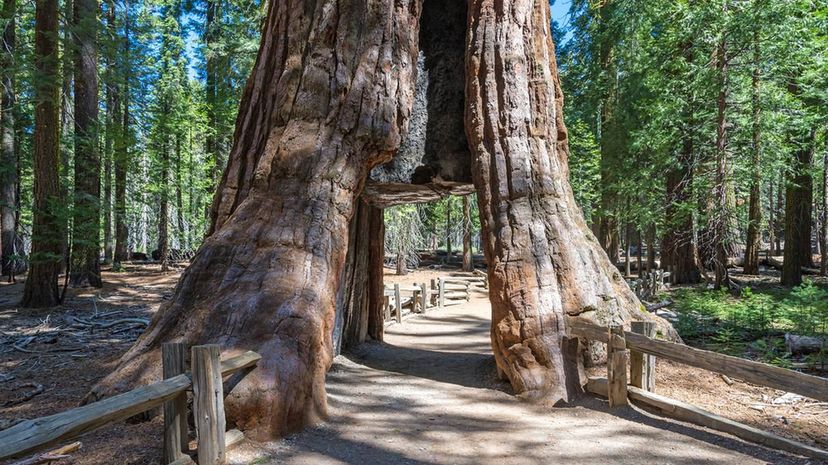
California's Sequoia National Park is particularly renowned for the General Sherman Tree, currently the biggest tree on Earth by volume. The towering redwood reaches 274.9 feet high with a base circumference of 102.6 feet.
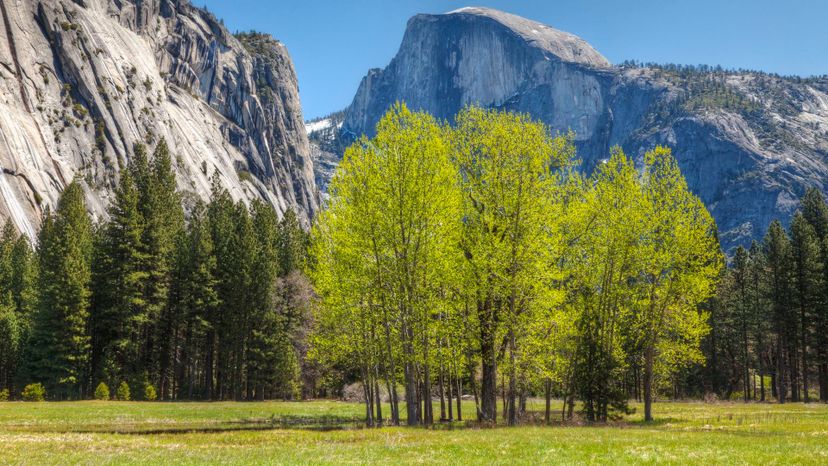
The 2010 Yosemite National Park quarter was the third unveiled as part of the America the Beautiful Quarters Program facilitated by the United States Mint. The tails side of the Yosemite National Park quarter features an image of Yosemite's El Capitan, the world's biggest granite monolith.
Advertisement

Washington state's Mount Rainier National Park is 365 square miles of mountains and forests. Indigenous Indians call the region "Tacoma." George Vancouver, a British pioneer who spotted the volcanic peak while surveying Puget Sound in 1792, named the park after Admiral Peter Rainier.

The volcanic caldera at Crater Lake National Park is the hollowed-out remnant of a mountain known as Mazama that's filled with blue water. The resulting lake was formed nearly 7,700 years ago when an eruption caused the mountain's 12,000-foot peak to collapse.
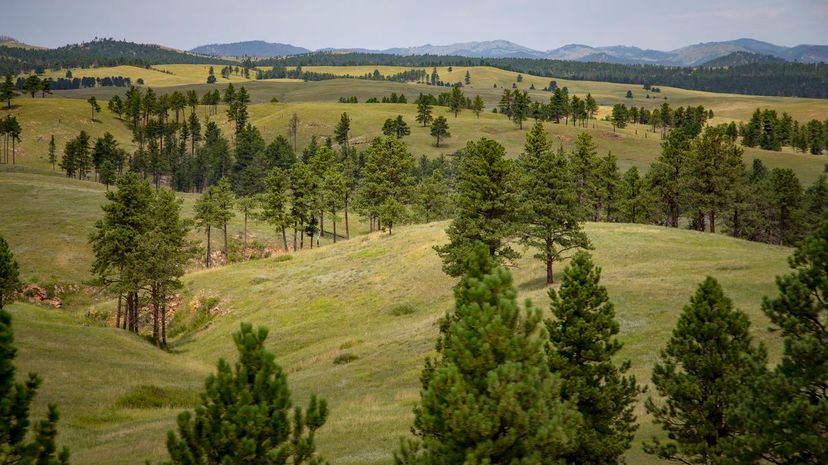
Several hundred wild bison call South Dakota's Wind Cave National Park home. The park has sent over 1,500 bison to Native American tribes and organizations throughout the United States to assist with breeding new herds.
Advertisement
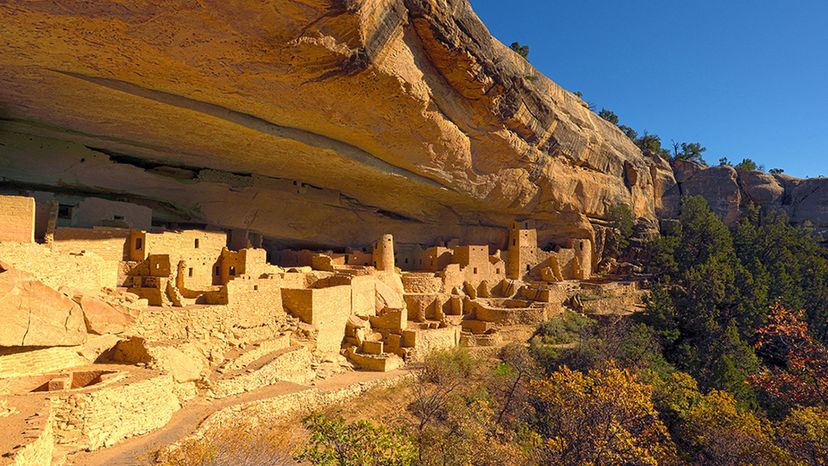
President Theodore Roosevelt established Mesa Verde National Park in 1906 as the first national park to "preserve the works of man." The park's archaeological sites include 600 cliff dwellings. The Ancestral Pueblo people inhabited the land from 550 A.D. to 1300 A.D.
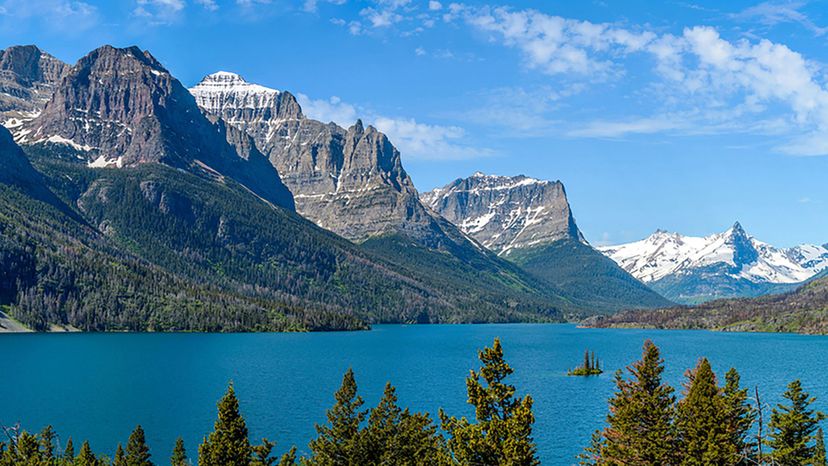
Glacier National Park's Lake McDonald is 6,680 feet wide, 440 feet deep and 10 miles long. Upper McDonald Creek is one of the park's 563 streams and stretches almost 26 miles. Of the park's 150 glaciers that existed in the mid-1800s, only 25 remain today.
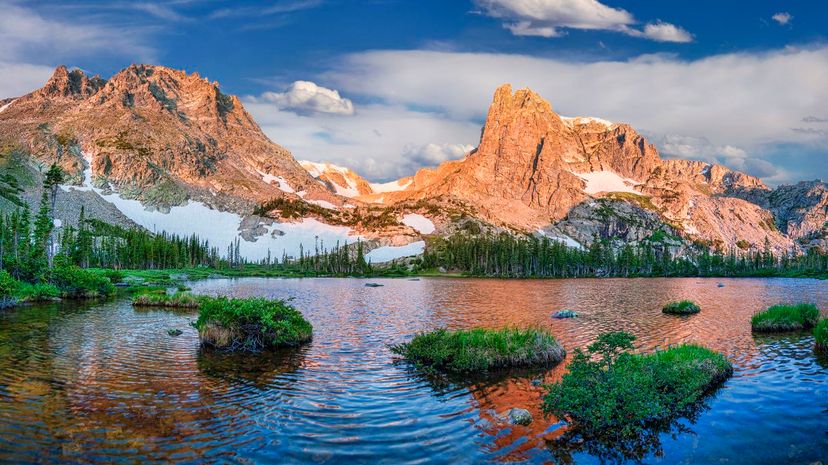
The Artist-in-Residence Program at Rocky Mountain National Park welcomed three youth artists and three professional artists. The primary aim of the 2016 program was to involve young people in the arts and national parks.
Advertisement
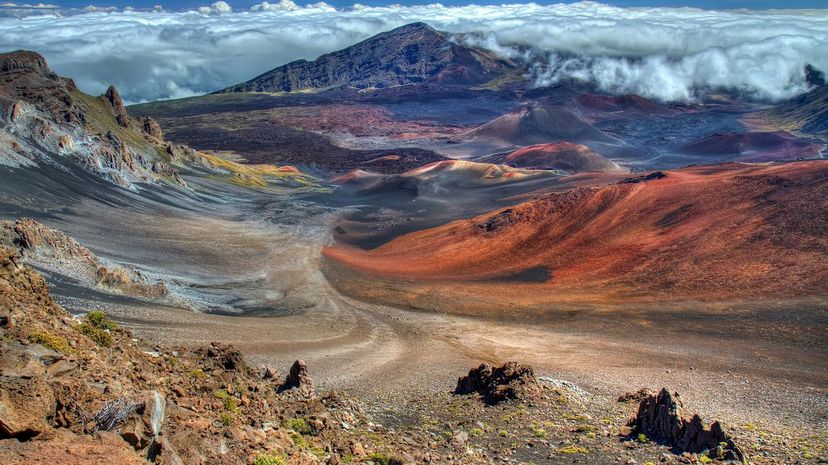
The summit at Haleakala National Park is 10,023 feet high. There are species in the Summit District of Haleakala National Park that are not found anywhere else on the planet, such as the Haleakala silversword.
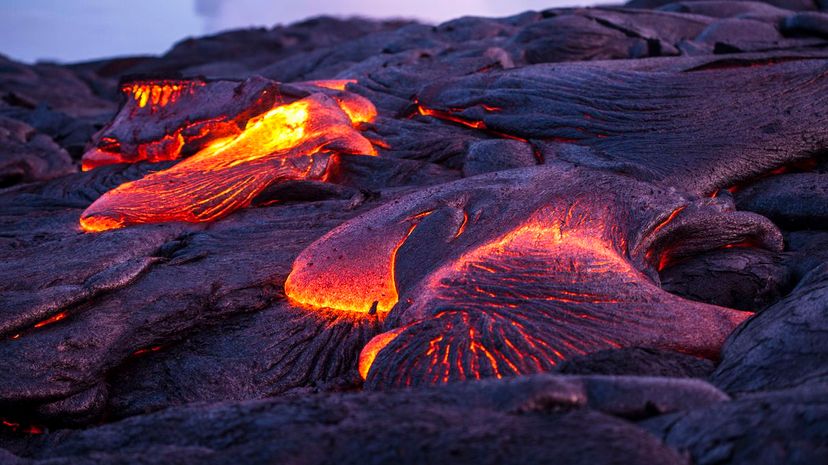
Established in 1916, Hawaii Volcanoes National Park is evidence of 70 million years of volcanic activity. Different features at the park include the 13,677-feet-high Mauna Lao volcano, the Earth's largest.
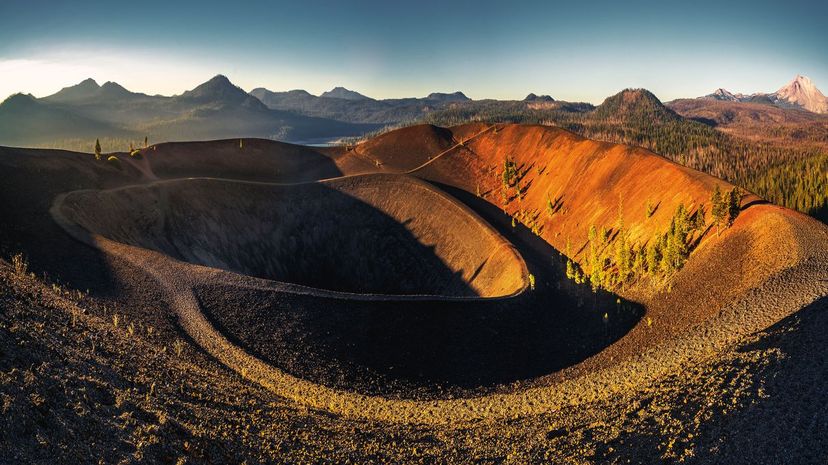
California's Lassen Volcanic National Park is one of the rare places on Earth where there are all four types of volcanoes: shield, composite, plug dome and cinder cone. The park also contains over 150 miles of hiking trails.
Advertisement
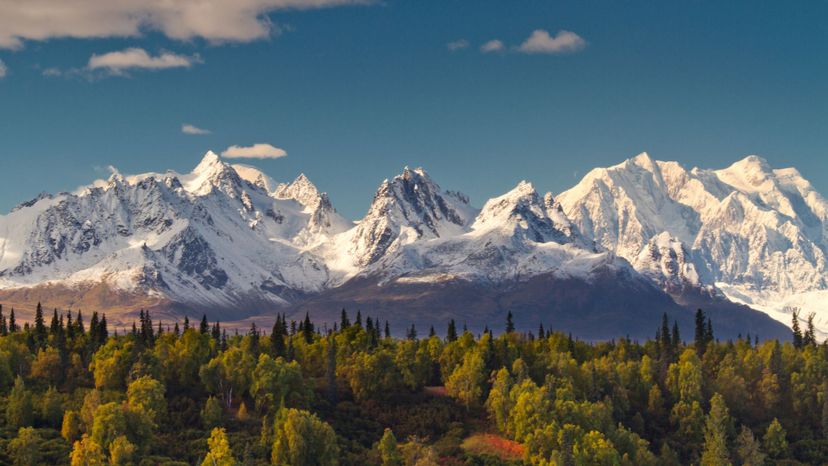
Denali National Park was created to protect populations of Dall sheep, moose, caribou and grizzly bears. In 1980, the park was renamed Denali, which means "the High One." Denali is home to the highest mountain in North America, the 20,320-foot-high Mount McKinley.

Maine's Acadia National Park is one of the smallest national parks in the United States, measuring 39,706 acres. Members of the eastern gentry first allowed access to Acadia's land that was financed by John D. Rockefeller, who feared the area would be destroyed by logging.
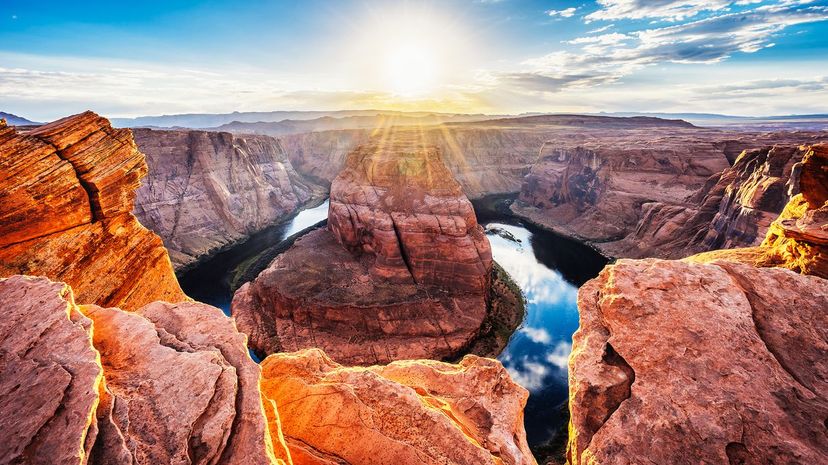
In 1901, Arizona Senator Ralph Cameron obtained toll rights to the main path leading to the Grand Canyon and charged visitors $1 for access. In 1987, Congress relieved the park, its visitors and its inhabitants of overhead aircraft traffic and noise by passing the National Park Overflights Act.
Advertisement
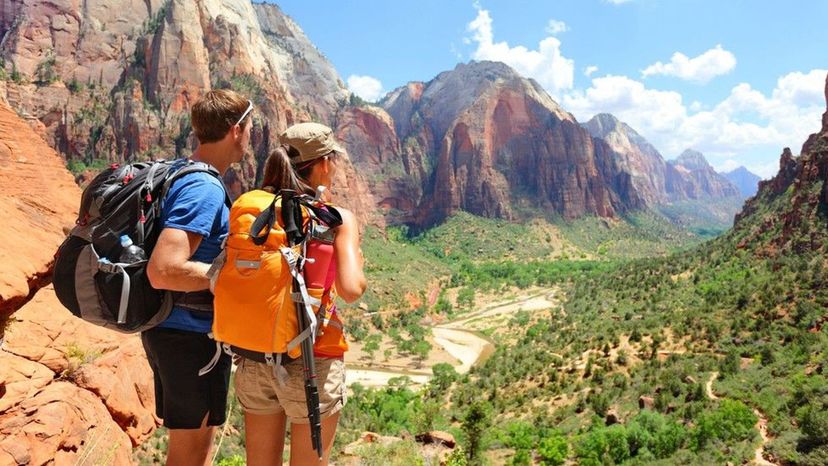
President William Taft established Utah's Zion National Park on July 31, 1909. Through the years, Zion's Virgin River has carved out Zion Canyon as well as massive cliffs and rock configurations.

Native Americans have long believed that the hot mineral springs at Hot Springs National Park have therapeutic powers. The area was designated a national park in 1921, and the springs received federal protection as early as 1849.
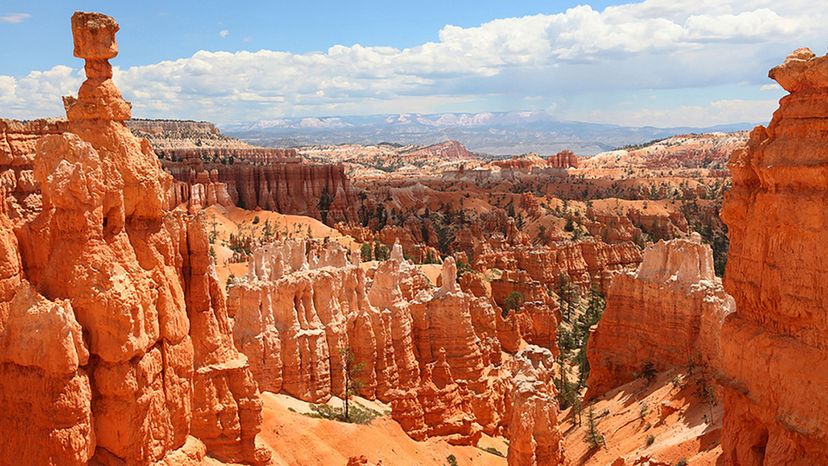
The canyon at Bryce Canyon National Park in South Central Utah can be easily reached. A six-mile bike path and hiking trail connect the canyon rim to Bryce Canyon City. The park's most prominent features are its wind-carved rock formations.
Advertisement
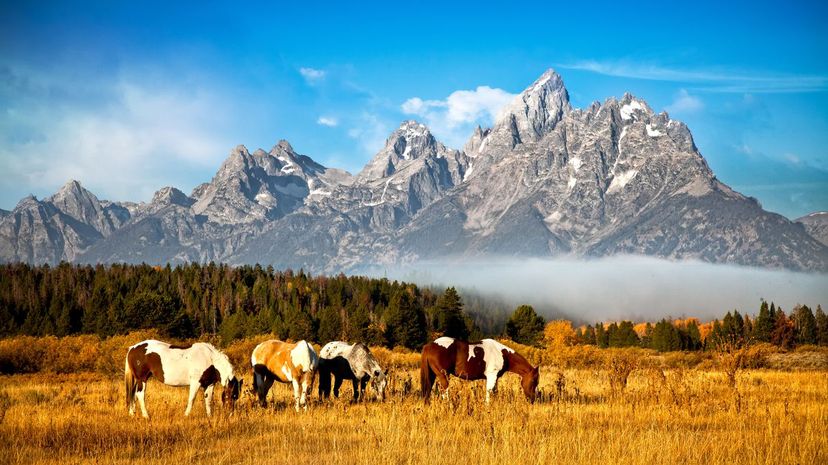
Yellowstone National Park borders northwestern Wyoming's Grand Teton National Park on the north. Established in 1950, Grand Teton has 320,000 acres that include massive granite walls that emerge from the Jackson Hole valley.
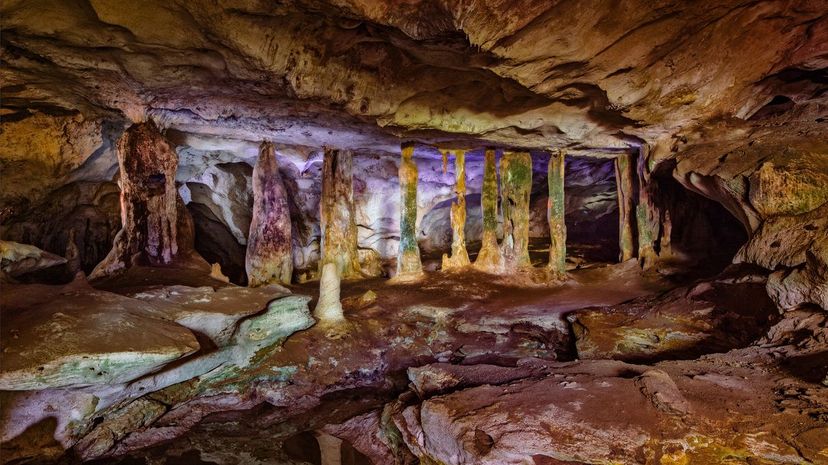
Chihuahuan Desert plants at Carlsbad Caverns National Park include agave, ocotillo, prairie grasses, torrey yucca and prickly pear cactus. The park also boasts 331 species of birds, including black-chinned hummingbird and turkey vulture.

Landscape architect Ernest F. Coe had the vision for Everglades National Park in 1928. On December 6, 1947, the U.S. government established the park, which is home to one of the most extensive wetlands on Earth.
Advertisement
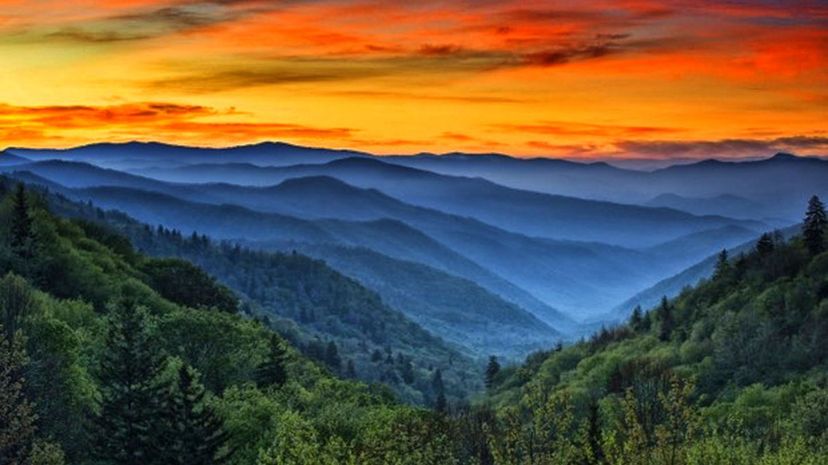
The Great Smoky Mountains National Park was established in 1934 and covers over 800 square miles in the Southern Appalachian Mountains region. Sixteen mountain peaks at the park ascend higher than 6,000 feet.
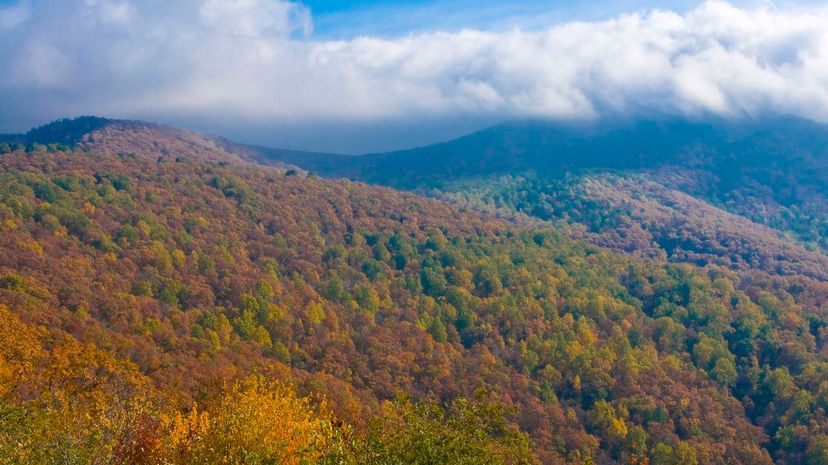
Skyline Drive twists 105 miles through Shenandoah National Park, which makes for scenic driving. The park is 75 miles from Washington D.C. and offers crisp views of the famed Blue Ridge Mountains.
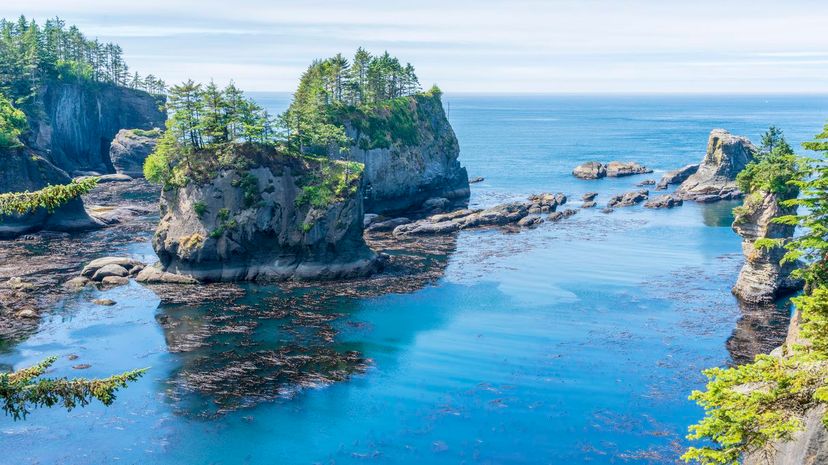
Olympic National Park spans across diverse ecosystems, including the Olympic Mountains and forest terrain. United States Congress established the 922,651-acre Olympic National Park in 1938.
Advertisement
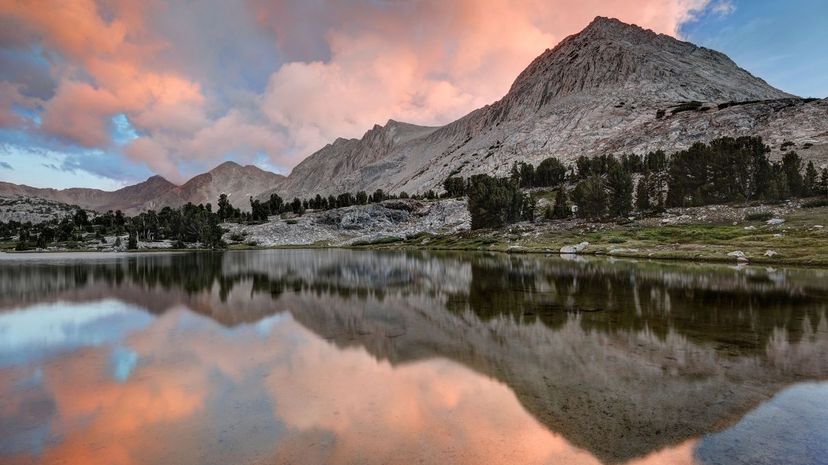
General Grant National Park was established in 1890 and made part of Kings Canyon National Park, which was formed in 1940. Kings Canyon's General Grant Tree has a trunk volume of 46,608 cubic feet.

Ninety-nine percent of the land in Michigan's Isle Royale National Park was designated a wilderness zone under the Wilderness Act, in 1976. In 2018, the park's administrators initiated a plan to reintroduce wolves.

Mammoth Cave is a 400-mile-long network of limestone tunnels; the park estimates that 200 caves in the region are disconnected from the main cave, which is the most popular in the world. Roughly 2 million people visit the park annually.
Advertisement
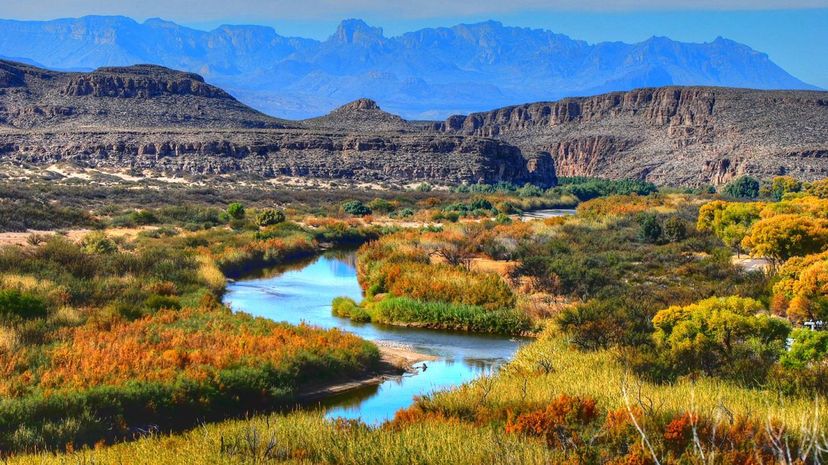
Established in 1944, Big Bend National Park comprises 802,000 acres and is home to 75 mammal species and over 440 types of birds. The Rio Grande River provides a crucial water supply for sustaining the park's ecosystem.
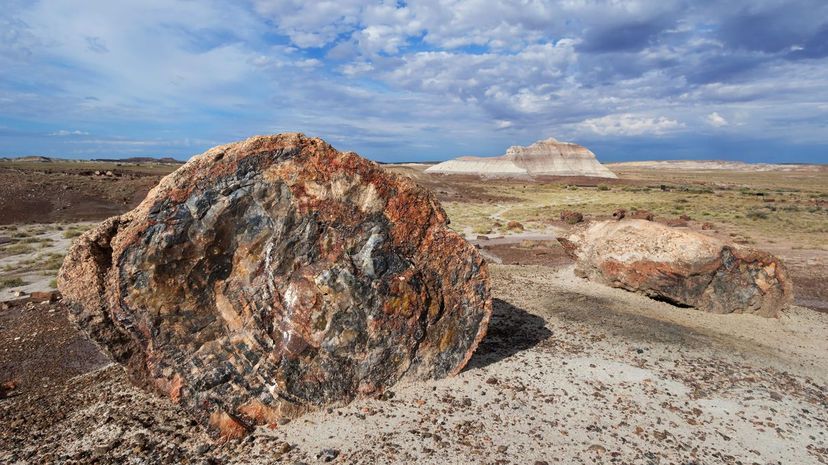
Arizona's Petrified Forest National Park was registered as a protected national monument thanks in large part to locals who were worried about the theft of the region's fossilized wood. Petrified Forest became a national park on December 9, 1962.
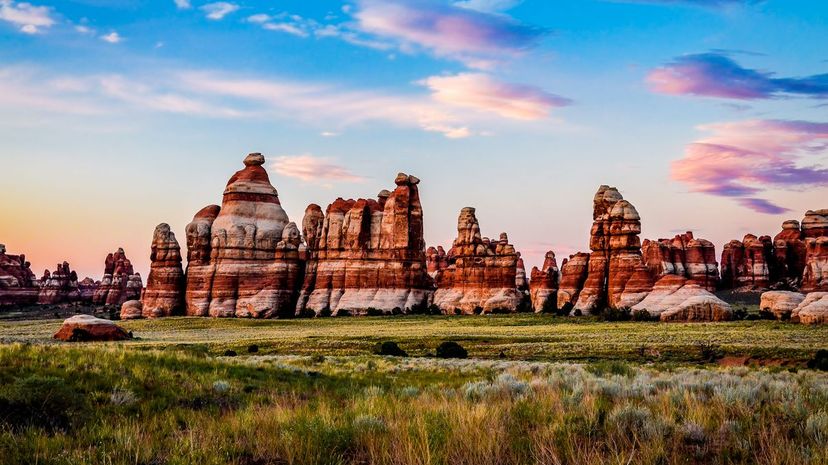
In 2015, the International Dark-Sky Association awarded Gold-Tier International Dark Sky Park status to Canyonlands National Park. The park's dark skies are a perfect stage for clear views of the Milky Way galaxy.
Advertisement

Nicknamed "Mr. Guadalupe Mountains," Roger Eugene Reisch was the only employee at Guadalupe Mountains for several years when it was administered by Carlsbad Caverns National Park. He remained the park's ranger after President Lyndon B. Johnson signed legislation authorizing the region in October 1966.
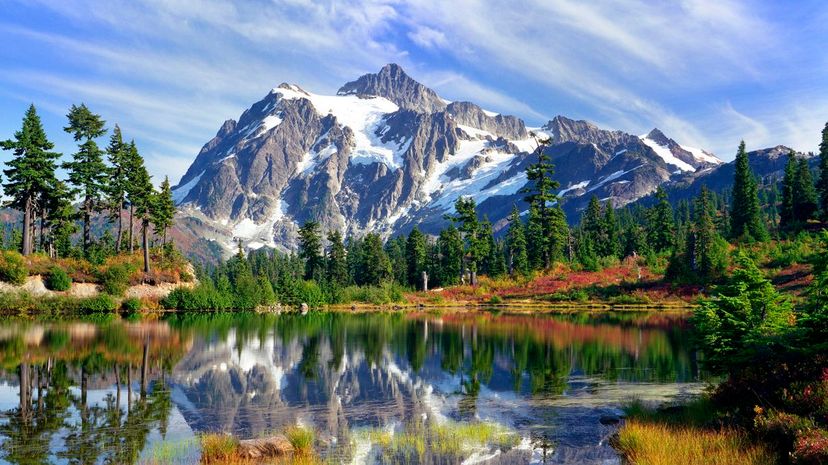
The North Cascades Act, signed by President Lyndon B. Johnson on October 2, 1968, commissioned 685,000 acres of the national park. The authorization also established 550,000 acres at nearby Pasayten Wilderness to the east and broadened Glacier Peak Wilderness to the south an additional 464,000 acres.
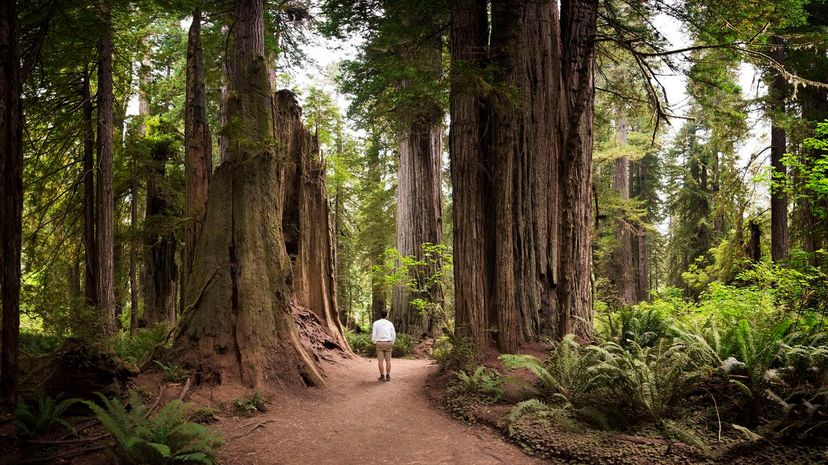
Initially established in 1968, Redwood National Park was expanded in 1978. The state parks Jedediah Smith Redwoods, Prairie Creek Redwoods and Del Norte Coast Redwoods in addition to Redwood National Park comprise a World Heritage Site and an International Biosphere Reserve.
Advertisement
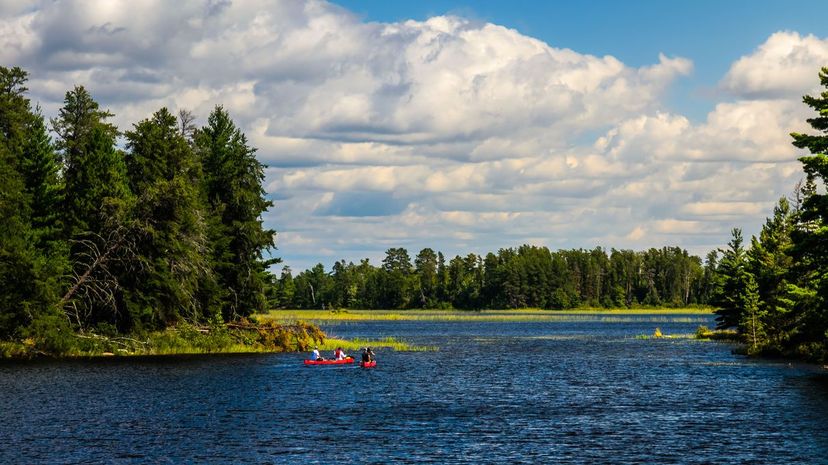
Although the United States Congress established Voyageurs National Park in 1971, it did not open until 1975. The park gets its name from the birchbark canoe-paddling French-Canadian voyageurs of the 1700s and 1800s.

Authorized as a national park on November 12, 1971, Southern Utah's 120-square-mile Arches National Park is 76,359 acres and encompasses over 2,500 red sandstone arches. The park also features slickrock domes, massive balanced rocks and spires.
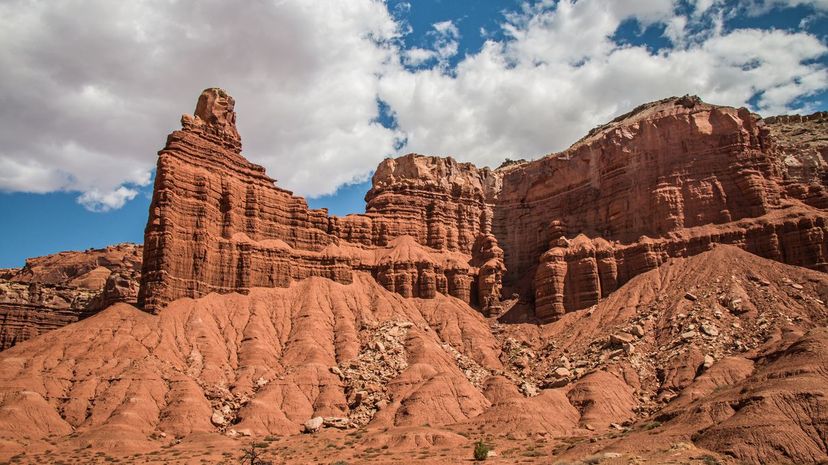
In 1971, an act of U.S. Congress changed Capitol Reef National Monument to a national park; at the same time, the region expanded from 38,172 acres to 241,904 acres. The park is named for its huge white domes that resemble the U.S. Capitol Building.
Advertisement
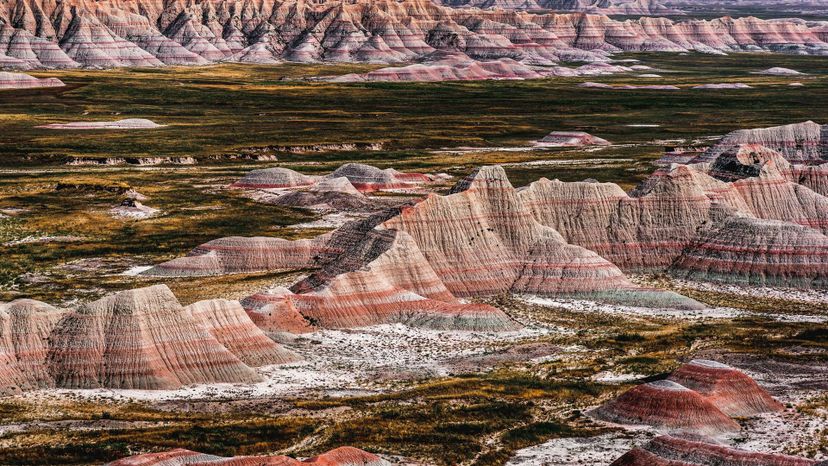
Badlands National Park holds 75 million years of geological history. The region was once covered by an inland sea called the Western Interior Seaway. When waters subsided 37 million years ago, Badlands became a Black Hills sediment repository.

The U.S. Department of the Interior has teamed up with NASA since 1998 to test innovative remote sensing technology that has identified and mapped leafy spurge shrubs at Theodore Roosevelt National Park. Wildlife at the park includes prairie rattlesnakes, prairie dogs and about 200 species of birds.
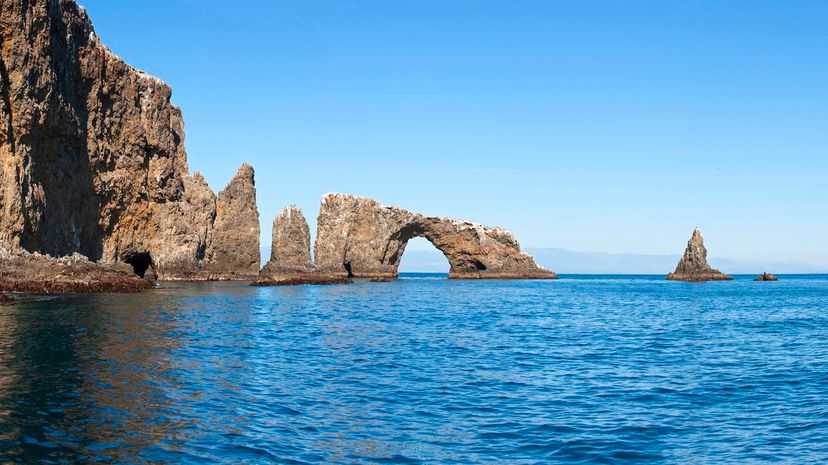
The islands of California's Channel Islands National Park are Santa Cruz, Santa Barbara, San Miguel, Anacapa and Santa Rosa. President Jimmy Carter authorized the area as the 40th park of the U.S. national park system on March 5, 1980.
Advertisement

Roughly 5 percent of the 173,000 acres that comprise Florida's Biscayne National Park is land. Located in Miami-Dade County, Biscayne National Park was established to protect its ecosystem from heightened industrial and residential development.